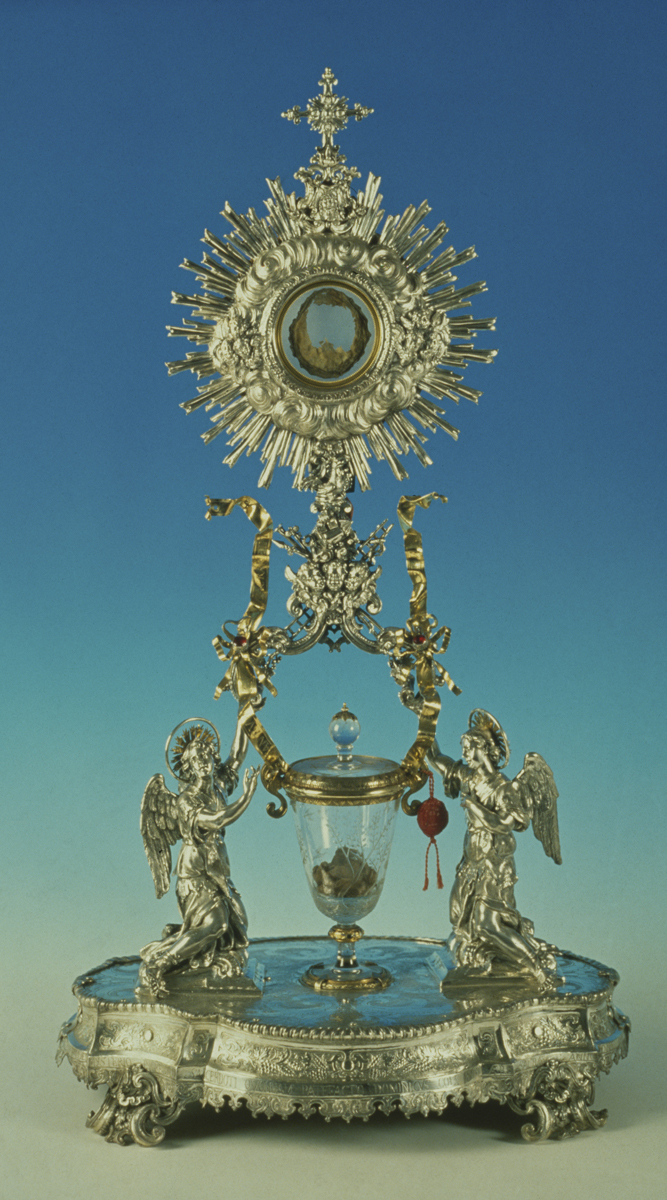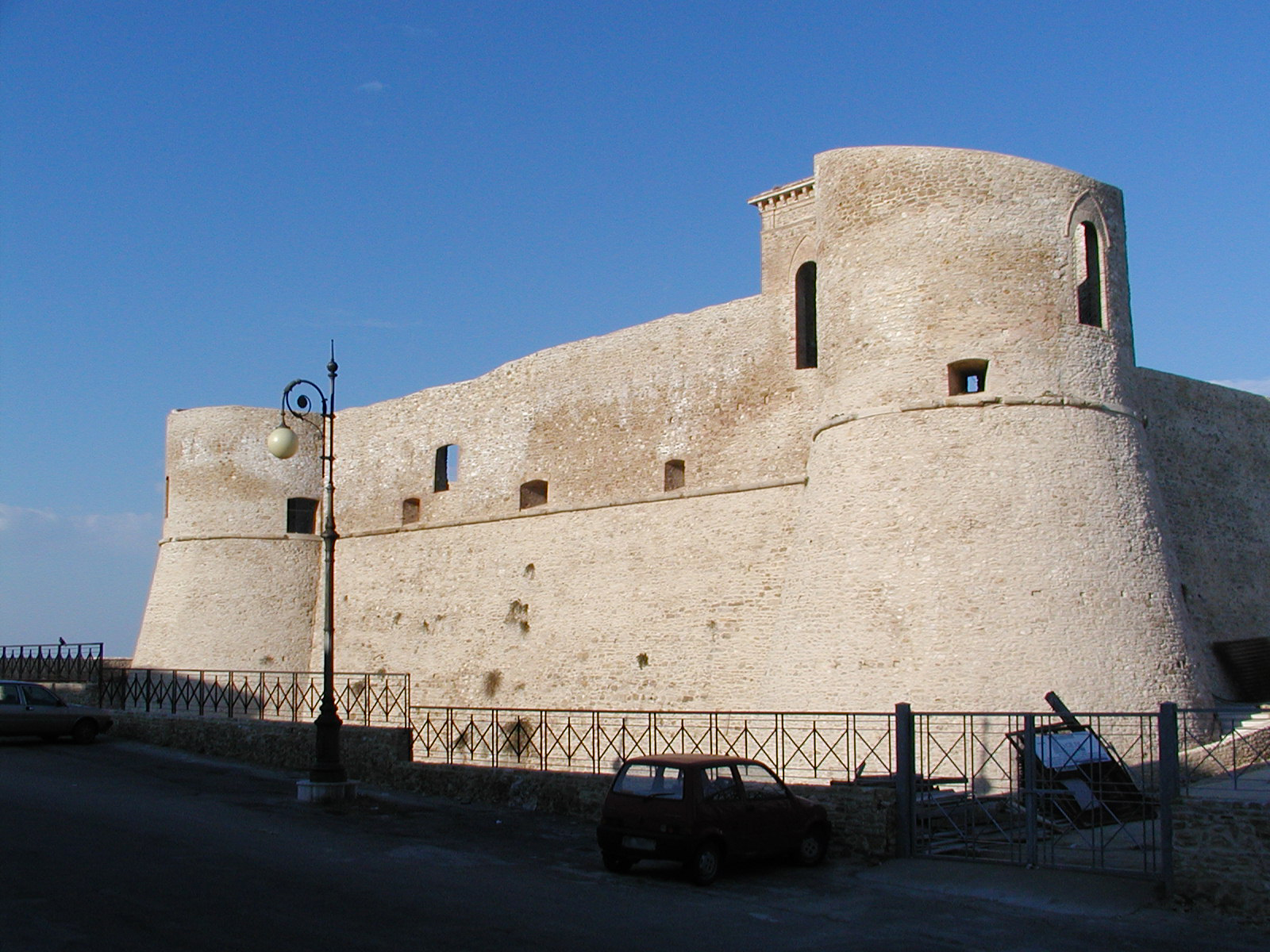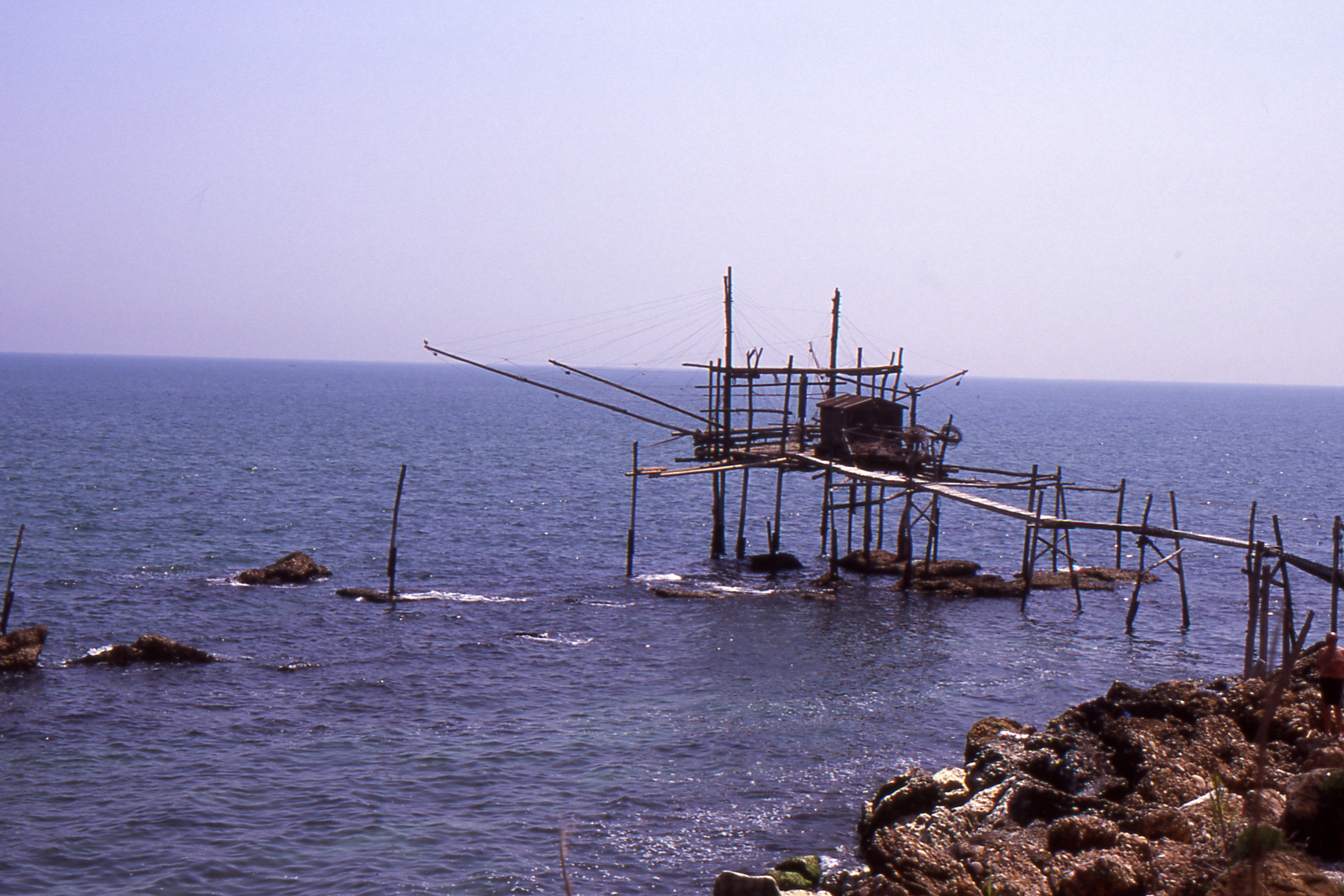|
Lanciano
Lanciano (; ) is a town and ''comune'' in the province of Chieti, part of the Abruzzo region of central Italy. It has 33,944 inhabitants as of 2023. The town is known for the first recorded Catholic Church, Catholic Miracle of Lanciano, Eucharistic Miracle. Lanciano is located about from the Adriatic Sea in an elevated spot. Geography The town is located on hills and its town territory covers from Val di Sangro to Castelfrentano, and its elevation is about above sea level. It is bordered by Atessa, Castel Frentano, Fossacesia, Frisa, Abruzzo, Frisa, Mozzagrogna, Orsogna, Paglieta, Poggiofiorito, Rocca San Giovanni, San Vito Chietino, Sant'Eusanio del Sangro and Treglio. Regarding the climate, the temperature averages about in winter and in summer. It usually snows about three times a year. During the summer there can be sultry days. History The Ancient Rome, ancient Roman name of Lanciano was ''Anxanum'', a city of the Frentani Italic tribe. The city is said to have b ... [...More Info...] [...Related Items...] OR: [Wikipedia] [Google] [Baidu] |
Miracle Of Lanciano
The Miracle of Lanciano is a Eucharistic miracle said to have occurred in the eighth century in the city of Lanciano, Italy. According to Oral tradition, tradition, a Basilian monks, Basilian monk who had doubts about the real presence of Christ in the Eucharist found, when he said the words of consecration at Mass, that the bread and wine changed into flesh and blood. The Catholic Church officially recognizes this miracle as authentic. The incident is similar to the tradition known as the Mass of Saint Gregory, first recorded in the 8th century by Paul the Deacon. The Miracle of Lanciano, together with the Eucharistic miracle of Santarém, in Portugal, is considered among the most important. History of the miracle The first known reports of the event date to 1574 and do not specify the exact year in which it would have occurred, but some believe that certain historical circumstances allow it to be placed chronologically eight centuries earlier, between 730 and 750. The Byzanti ... [...More Info...] [...Related Items...] OR: [Wikipedia] [Google] [Baidu] |
Abruzzo
Abruzzo (, ; ; , ''Abbrìzze'' or ''Abbrèzze'' ; ), historically also known as Abruzzi, is a Regions of Italy, region of Southern Italy with an area of 10,763 square km (4,156 sq mi) and a population of 1.3 million. It is divided into four Provinces of Italy, provinces: Province of L'Aquila, L'Aquila, Province of Teramo, Teramo, Province of Pescara, Pescara, and Province of Chieti, Chieti. Its western border lies east of Rome. Abruzzo borders the region of Marche to the north, Lazio to the west and northwest, Molise to the south and the Adriatic Sea to the east. Geographically, Abruzzo is divided into a mountainous area in the west, which includes the highest massifs of the Apennines, such as the Gran Sasso d'Italia and the Maiella, and a coastal area in the east with beaches on the Adriatic Sea. Abruzzo is considered a region of Southern Italy in terms of its culture, language, economy, and history, though in terms of physical geography, it is often considered part of Cen ... [...More Info...] [...Related Items...] OR: [Wikipedia] [Google] [Baidu] |
Province Of Chieti
The province of Chieti (; Neapolitan language, Abruzzese: ') is a Provinces of Italy, province in the Abruzzo region of Italy. Its provincial capital is the city Chieti, which has a population of 50,770 inhabitants. The province has a total population of 387,649 inhabitants and spans an area of . The province contains 104 ''comuni'' (: ''comune''). Its provincial president is Mario Pupillo. Chieti's cathedral was first constructed during the 9th century but was reconstructed during the 13th century. The province contains the National Archaeology Museum of Abruzzo, in Italian the Museo Archeologico Nazionale d'Abruzzo, which contains items from the area prior to Roman rule. History It was first settled by the Osci people near the Pescara River. In around 1000 BCE it was conquered by Marsi and Marrucini people. The city was also lived in by the Greeks, who named it Teate. It was conquered by the Romans in 305 BCE but after the fall of Rome in 476 CE, Theodoric the Great gained own ... [...More Info...] [...Related Items...] OR: [Wikipedia] [Google] [Baidu] |
Sant'Onofrio, Lanciano
Sant'Onofrio is a ''frazione'' (borough) in the municipality of Lanciano, Province of Chieti, in the Abruzzo region of Italy Italy, officially the Italian Republic, is a country in Southern Europe, Southern and Western Europe, Western Europe. It consists of Italian Peninsula, a peninsula that extends into the Mediterranean Sea, with the Alps on its northern land b .... References Frazioni of the Province of Chieti {{Abruzzo-geo-stub ... [...More Info...] [...Related Items...] OR: [Wikipedia] [Google] [Baidu] |
Frentani
The Frentani were an Italic tribe occupying the tract on the southeast coast of the Italian peninsula from the Apennines to the Adriatic, and from the frontiers of Apulia to those of the Marrucini. They were bounded on the west by the Samnites, with whom they were closely connected, and from whom they were originally descended. Hence Scylax assigns the whole of this line of coast, from the frontiers of Apulia to those of Picenum, to the Samnites. Their exact limits are less clearly defined, and there is considerable discrepancy in the statements of ancient geographers: Larinum, with its territory (extending from the Tifernus (modern Biferno) to the Frento), being by some writers termed a city of the Frentani, while the more general opinion included it in Apulia, and thus made the river Tifernus the limit of the two countries. The northern boundary of the Frentani is equally uncertain; both Strabo and Ptolemy concur in fixing it at the river Sagrus (modern Sangro), while Pliny ... [...More Info...] [...Related Items...] OR: [Wikipedia] [Google] [Baidu] |
Frisa, Abruzzo
Frisa ( Abruzzese: ') is a ''comune'' and town in the Province of Chieti in the Abruzzo region of Italy Italy, officially the Italian Republic, is a country in Southern Europe, Southern and Western Europe, Western Europe. It consists of Italian Peninsula, a peninsula that extends into the Mediterranean Sea, with the Alps on its northern land b .... References Cities and towns in Abruzzo {{Abruzzo-geo-stub ... [...More Info...] [...Related Items...] OR: [Wikipedia] [Google] [Baidu] |
Treglio
Treglio ( Abruzzese: ') is a municipality and town in the Province of Chieti in the Abruzzo region of Italy Italy, officially the Italian Republic, is a country in Southern Europe, Southern and Western Europe, Western Europe. It consists of Italian Peninsula, a peninsula that extends into the Mediterranean Sea, with the Alps on its northern land b ... References Cities and towns in Abruzzo {{Abruzzo-geo-stub ... [...More Info...] [...Related Items...] OR: [Wikipedia] [Google] [Baidu] |
San Vito Chietino
San Vito Chietino is a town and ''comune'' in the province of Chieti in the Abruzzo region of central Italy. Geography The town is bordered by Frisa, Lanciano, Ortona, Rocca San Giovanni, Treglio Treglio ( Abruzzese: ') is a municipality and town in the Province of Chieti in the Abruzzo region of Italy Italy, officially the Italian Republic, is a country in Southern Europe, Southern and Western Europe, Western Europe. It consists of ... and Fossacesia. Economy The town is known for its ''trabocchi'', large wooden platforms that were traditionally used for fishing on the southern coast of Abruzzo. Tourism has grown in recent decades. Notable residents * Gabriele D'Annunzio, poet, lived in the town in 1900. * Stanislao Gastaldon (1861–1939), the composer of "Musica Proibita", spent his early childhood in San Vito Chietino.*Sbrocchi, Vito (April 18, 2003)"Il compositore Gastaldon, celebre alla fine dell'Ottocento, trascorse l'infanzia a San Vito". '' Il Tempo'' ... [...More Info...] [...Related Items...] OR: [Wikipedia] [Google] [Baidu] |
Poggiofiorito
Poggiofiorito is a ''comune'' and town in the Province of Chieti in the Abruzzo region of Italy Italy, officially the Italian Republic, is a country in Southern Europe, Southern and Western Europe, Western Europe. It consists of Italian Peninsula, a peninsula that extends into the Mediterranean Sea, with the Alps on its northern land b ... References Cities and towns in Abruzzo {{Abruzzo-geo-stub ... [...More Info...] [...Related Items...] OR: [Wikipedia] [Google] [Baidu] |
Paglieta
Paglieta ( Abruzzese: ') is a ''comune'' (municipality) and town in the Province of Chieti in the Abruzzo region of Italy Italy, officially the Italian Republic, is a country in Southern Europe, Southern and Western Europe, Western Europe. It consists of Italian Peninsula, a peninsula that extends into the Mediterranean Sea, with the Alps on its northern land b .... References Cities and towns in Abruzzo {{Abruzzo-geo-stub ... [...More Info...] [...Related Items...] OR: [Wikipedia] [Google] [Baidu] |
Orsogna
Orsogna ( Abruzzese: ') is a ''comune'' (municipality) and town in the province of Chieti in the Abruzzo region of Italy Italy, officially the Italian Republic, is a country in Southern Europe, Southern and Western Europe, Western Europe. It consists of Italian Peninsula, a peninsula that extends into the Mediterranean Sea, with the Alps on its northern land b .... References Cities and towns in Abruzzo {{Abruzzo-geo-stub ... [...More Info...] [...Related Items...] OR: [Wikipedia] [Google] [Baidu] |




